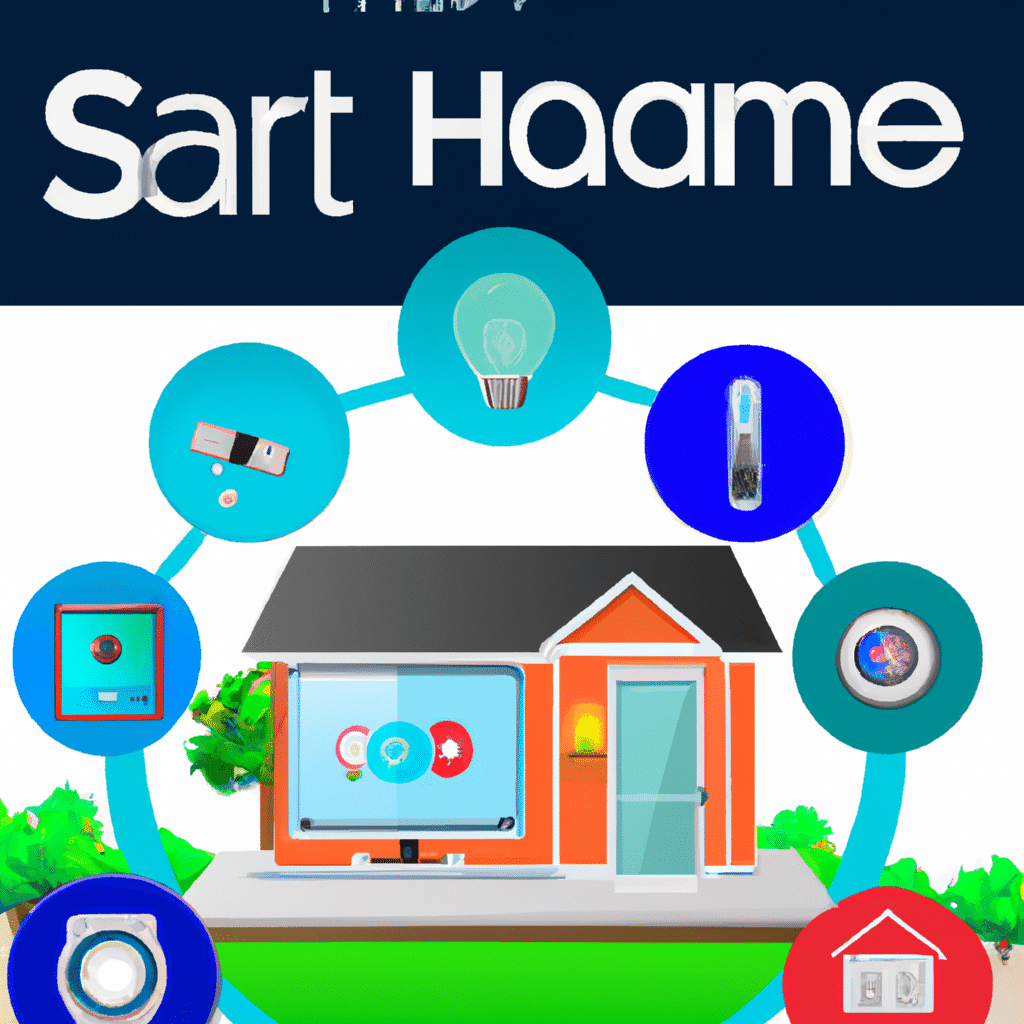How IoT is Transforming the Insurance Industry
The insurance industry is constantly evolving, and the latest technology to make waves is the Internet of Things (IoT). IoT is a network of connected devices that communicate with each other, collecting and sharing data in real-time. The insurance industry has taken notice of the potential benefits of IoT, which includes cost savings, risk mitigation, and enhanced customer experiences. In this article, we will discuss how IoT is transforming the insurance industry and the benefits it offers.

What is IoT?
IoT is a technology that connects physical devices to the internet, allowing them to send and receive data. These devices are equipped with sensors, software, and other technologies that enable them to collect and share data with other devices. IoT devices can range from simple sensors that detect temperature and humidity to complex machines that monitor and control industrial processes.
IoT in the Insurance Industry
The insurance industry is no stranger to change, and IoT is just the latest technology to disrupt the industry. IoT has the potential to transform the way insurers operate, from claims processing to risk management. Here are some ways IoT is being used in the insurance industry:
Risk Mitigation
IoT devices can help insurers mitigate risk by providing real-time data on potential hazards. For example, sensors can detect water leaks or fires, alerting insurers and property owners before significant damage occurs. This data can also be used to develop more accurate risk models, allowing insurers to offer more competitive rates.
Claims Processing
IoT devices can also streamline the claims processing process, reducing costs and improving customer experiences. For example, telematics devices can be used to track driving behavior, providing valuable data in the event of an accident. This data can help insurers process claims faster and more accurately, reducing the need for lengthy investigations.
Customer Experience
IoT devices can also enhance customer experiences by providing personalized services and real-time data. For example, health insurers can use wearables to monitor customers’ health and provide personalized recommendations. This data can also be used to develop more accurate risk models, allowing insurers to offer more competitive rates and personalized services.
Case Studies
Several insurance companies have already begun to leverage IoT to improve their operations. Here are some examples:
State Farm
State Farm uses IoT devices to monitor customers’ homes for potential hazards, such as water leaks and fires. If a potential hazard is detected, State Farm alerts the customer and provides recommendations on how to mitigate the risk.
Allstate
Allstate uses telematics devices to track customers’ driving behavior, providing personalized feedback on how to improve their driving habits. This data can also be used to process claims faster and more accurately, reducing costs and improving customer experiences.
AIG
AIG uses IoT devices to track and monitor industrial equipment, providing real-time data on potential hazards. This data can be used to develop more accurate risk models, reducing costs and improving customer experiences.
Conclusion
IoT is transforming the insurance industry, providing insurers with real-time data and insights that can be used to enhance customer experiences, mitigate risk, and reduce costs. While the technology is still in its early stages, several insurance companies have already begun to leverage IoT to improve their operations. As IoT continues to evolve and become more widespread, we can expect to see even more significant changes in the insurance industry.












